
Painting by Uncle Gavin Couzens
Acknowledgement
Our producers and creative team acknowledge the country's Traditional Owners and Custodians throughout Victoria, Australia and Internationally in recognition of their continuing connection to the land, waters, and culture. We respect the First Peoples language groups, communities, and Elders past, present, and emerging across Victoria, Australia and internationally with strict Indigenous protocol in recreating historical story content.
MagicLands Creations
Reviving Indigenous and Colonial True Stories through Film
Vision
MagicLands Creations is a collaborative storytelling platform dedicated to producing captivating drama and educational films that uncover untold true stories of Indigenous and colonial history in Australia and internationally, with a mission to amplify unheard voices, broaden historical knowledge, foster social and moral awareness, and deliver compelling entertainment worldwide.
End Goal and Community Collaboration
Whether drama, digital, or educational, our productions collaborate with Indigenous communities to bridge racial divides, foster understanding, and contribute to a positive future. By respectfully presenting diverse perspectives and involving communities in recreating sets, props, languages, and costumes, we aim to restore cultural elements lost to colonisation.
Our Protocol
To respect, protect, educate, and build social and moral awareness around Indigenous culture and Australian and international history.
To protect and gain consent/permissions from communities, traditional owners, and elders around indigenous culture, oral stories, characters, costumes, language and artefacts, etc., shown in film productions.
To collaborate with Indigenous and contemporary communities where the story's subject content is located and allocate 50% of any profits back for involvement in protecting heritage and creating infrastructure, employment, and business opportunities in the area.
Drama Productions
MagicLands
Part 1: Two Hearts, Once Chance
Period Drama Feature Film
The untold true story and bloodline of William Buckley, an escaped British convict, and his relationship with Wadawurrung woman and resistance fighter Purramurnin Tullawurnin. Set in early 1800s Victoria, this tale unfolds during the tumultuous period of land grabbing from Indigenous communities and the founding of the Geelong and Melbourne settlements.

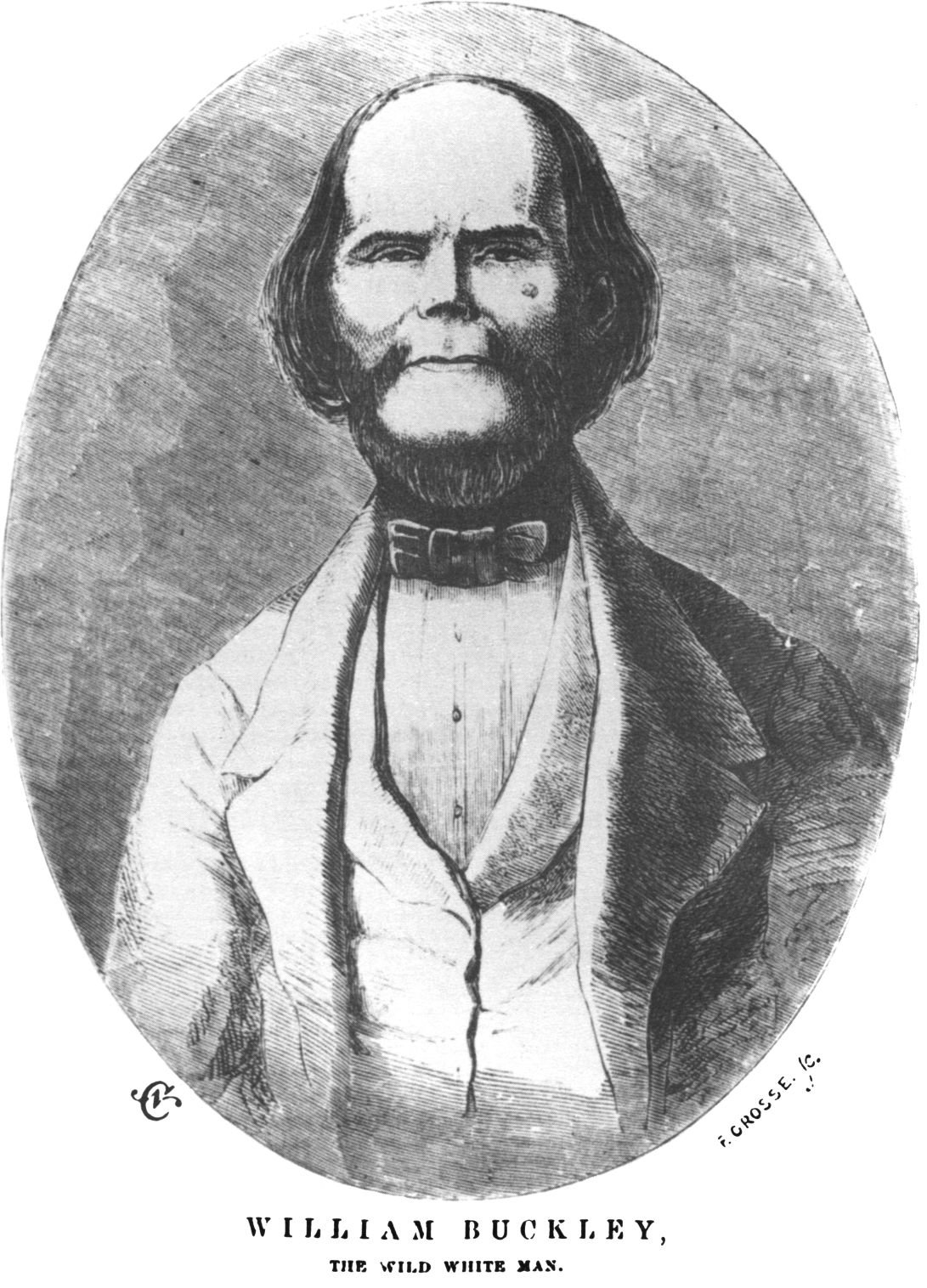

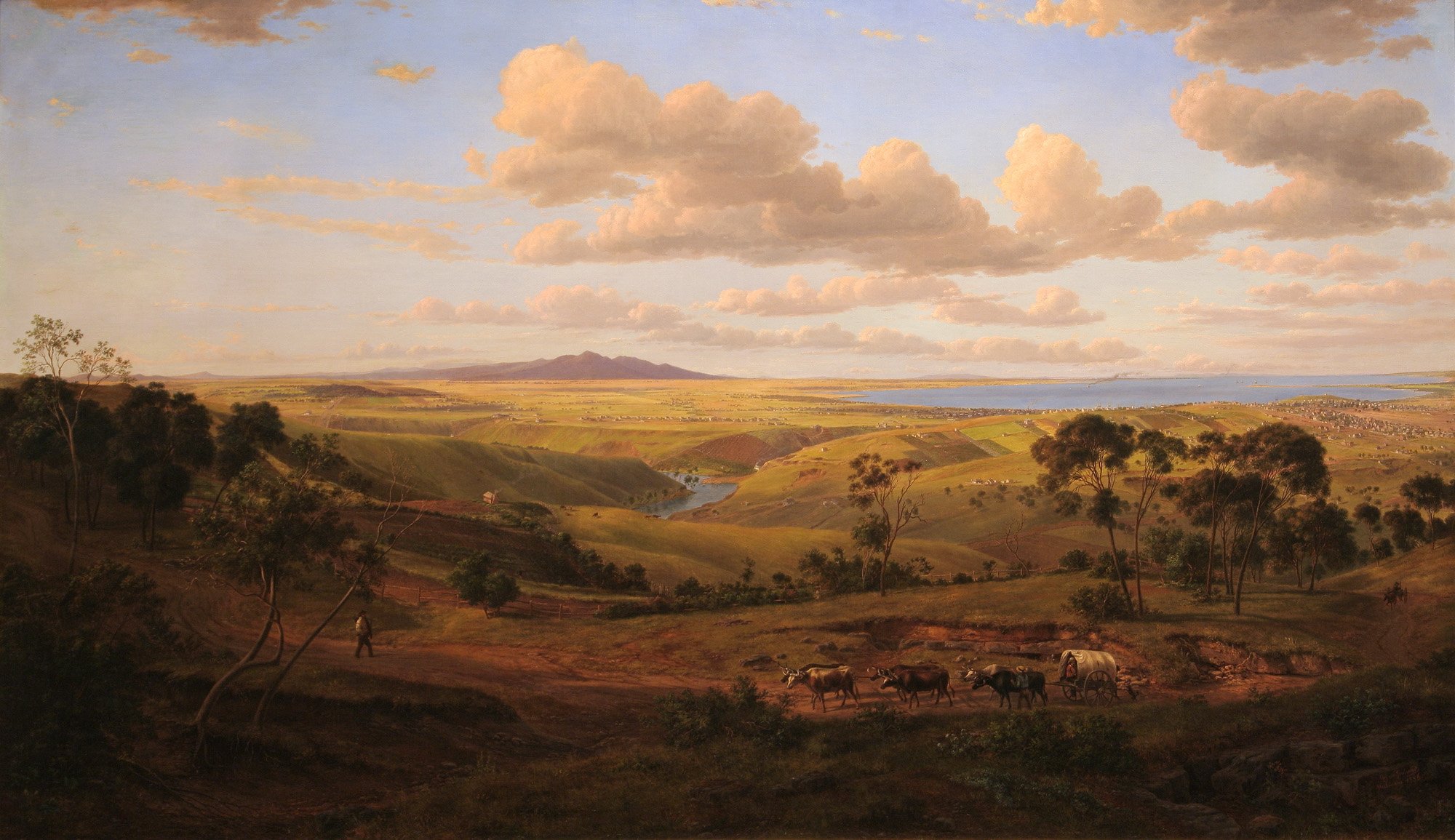








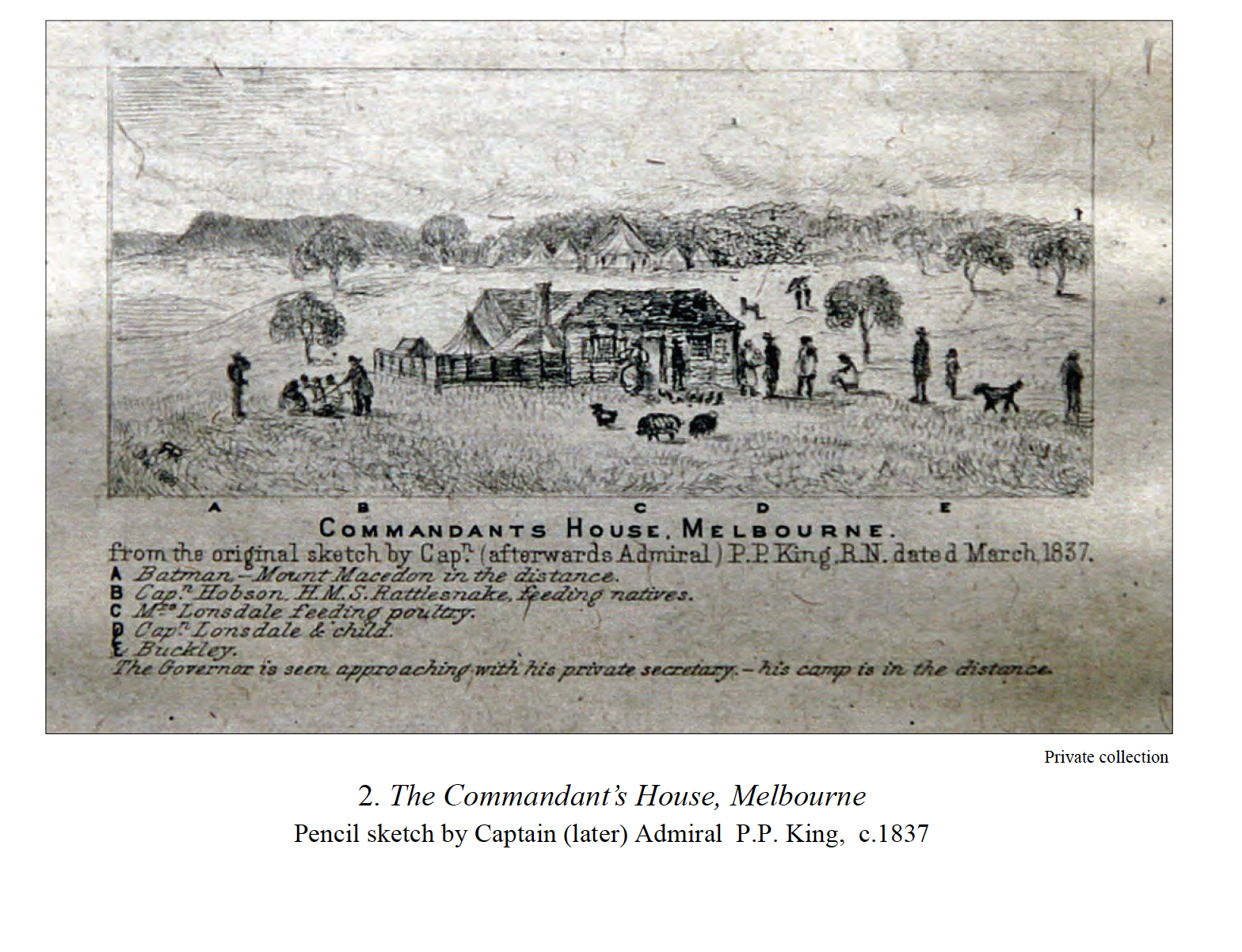

MagicLands
Heart of the Southern Cross
TV Series - Period Drama
6 Episodes
In the turbulent times of early 19th-century Southern Australia, a young Palawa Aboriginal woman named Truganini embarks on a harrowing journey of survival, witnessing the darkest sides of colonisation, betrayal, loss and her fight for humanity amidst the rising silent wars between the Indigenous communities and the invading settlers in early Tasmania and Victoria.
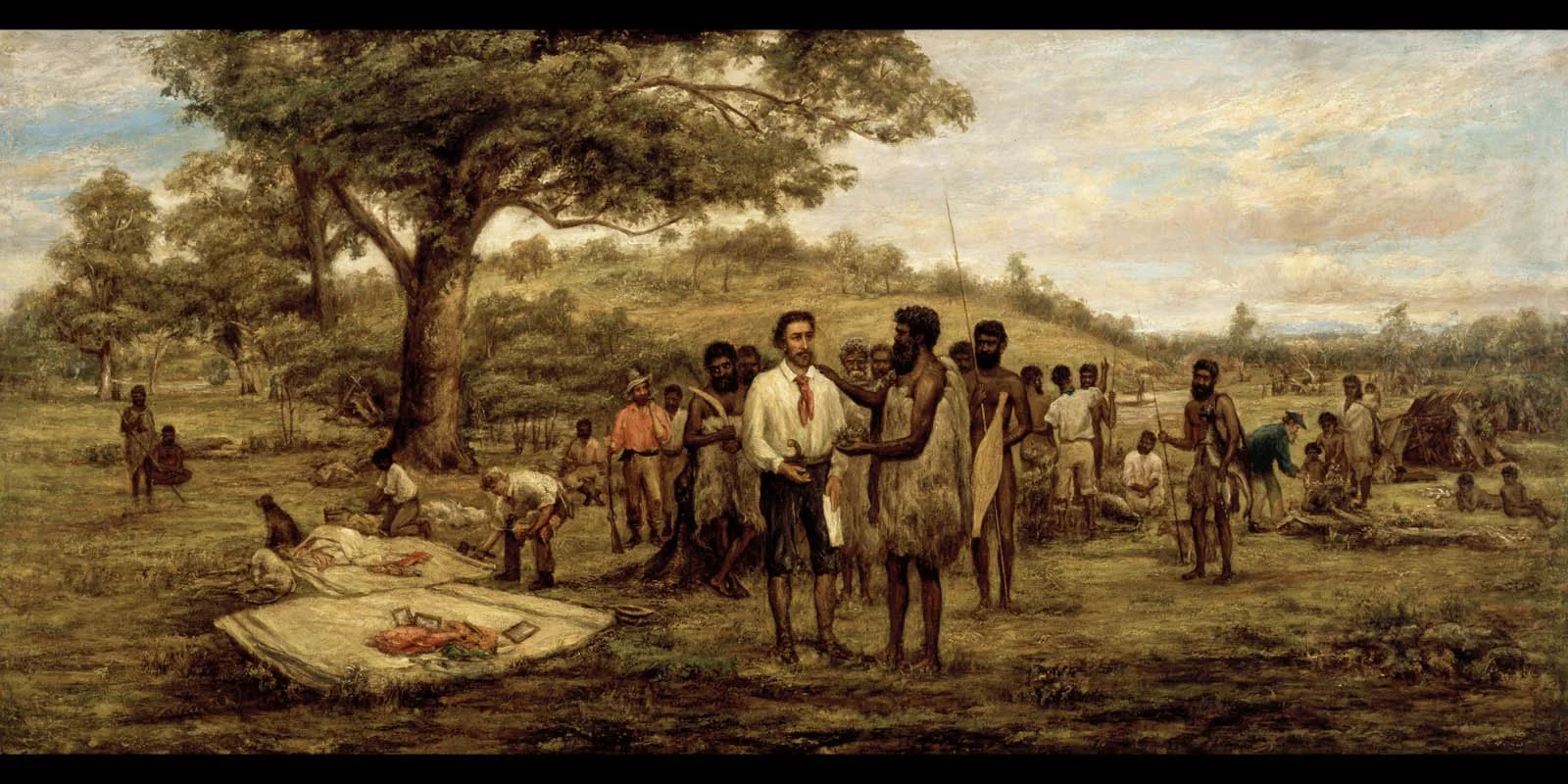
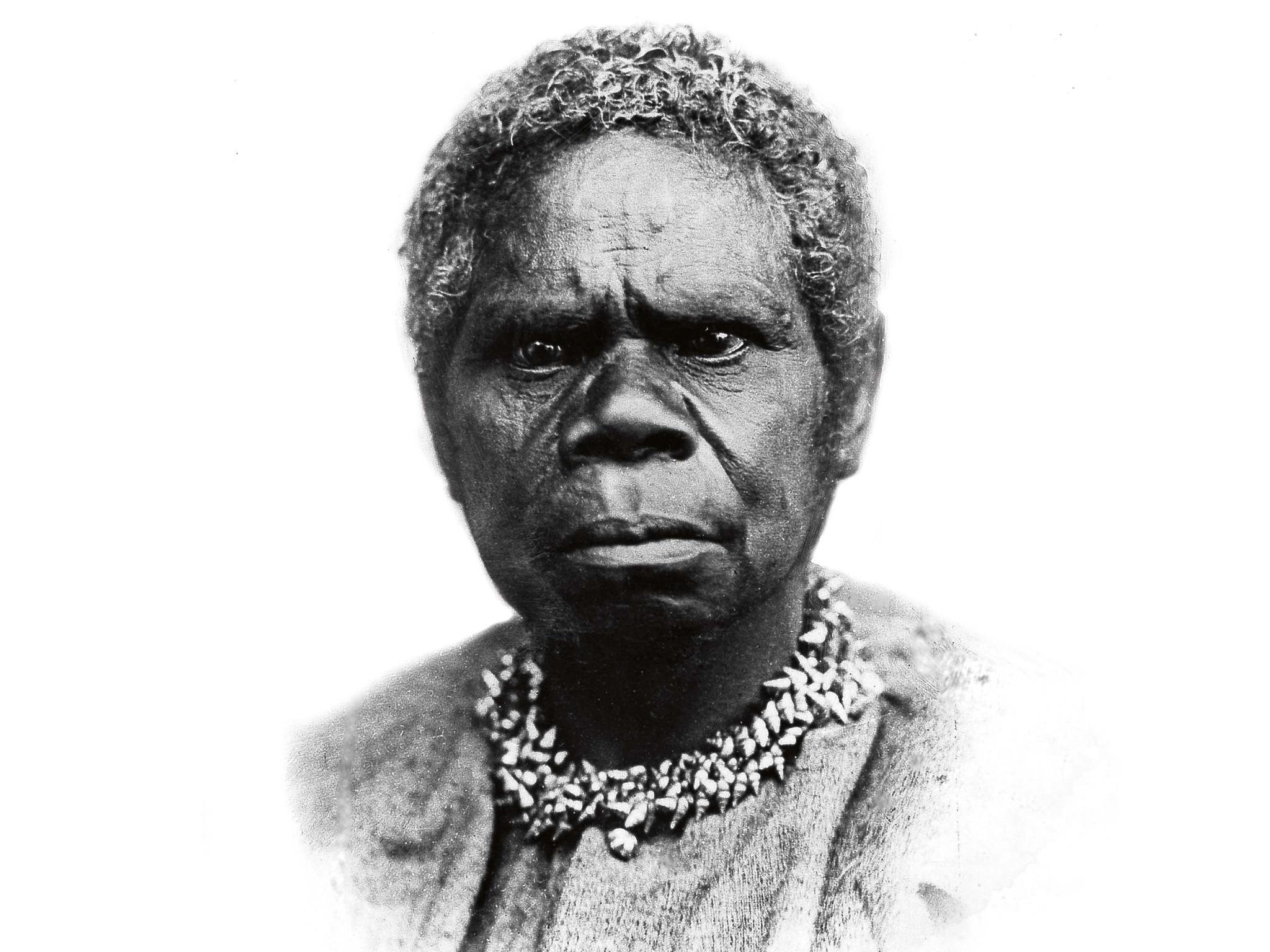
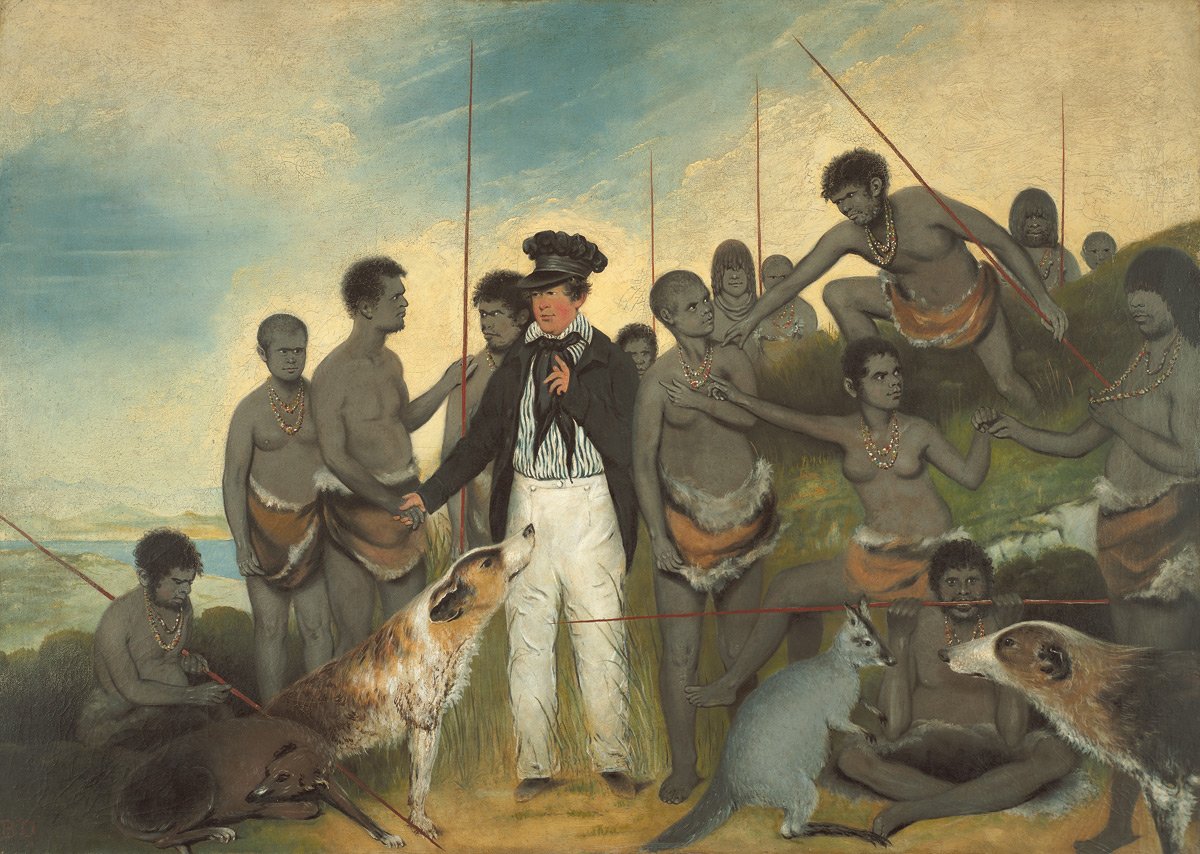
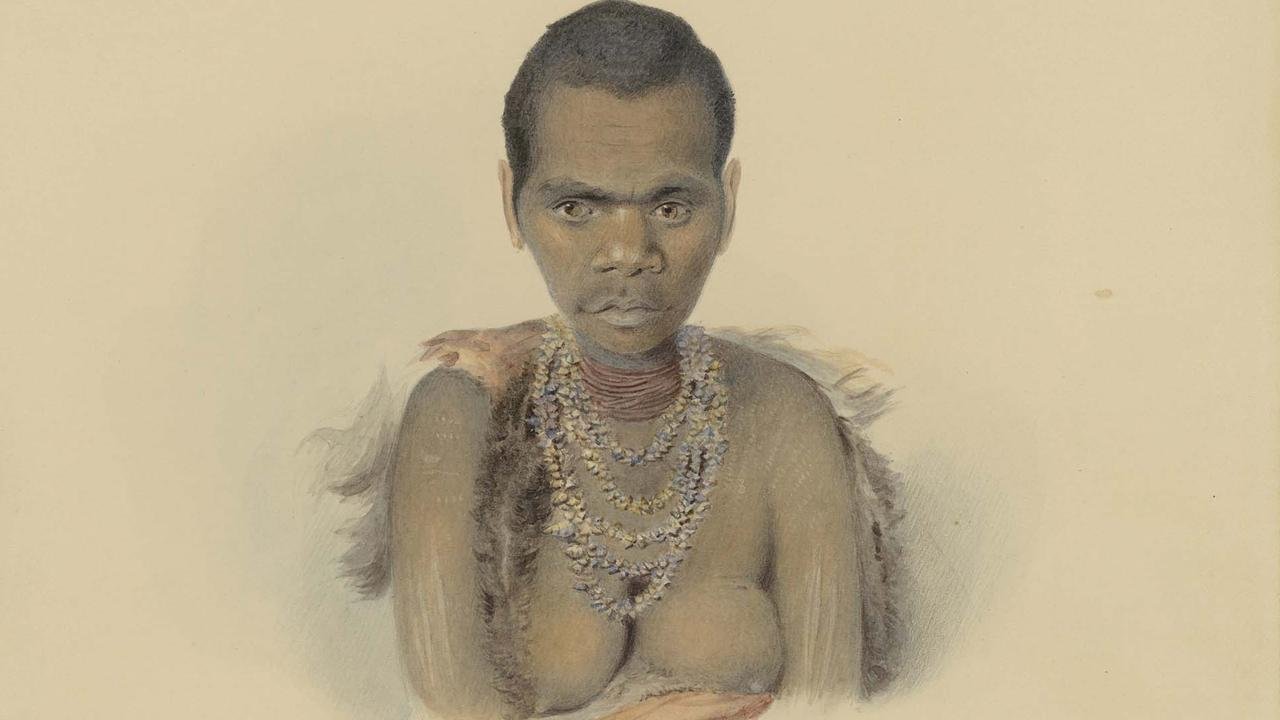



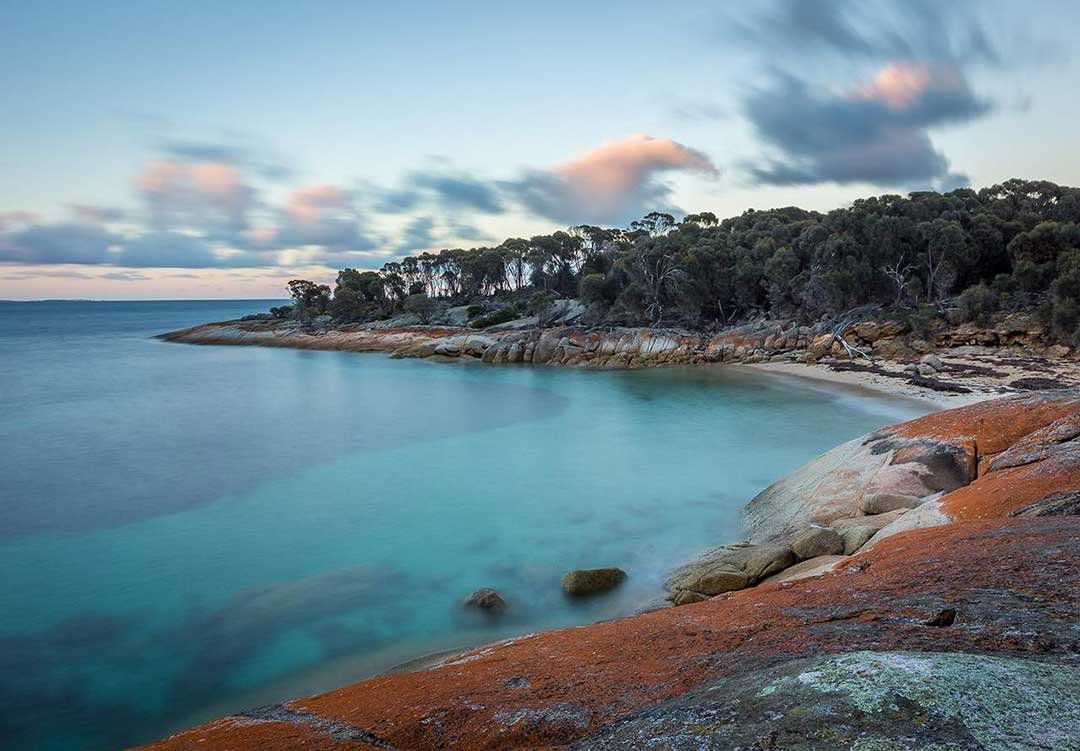
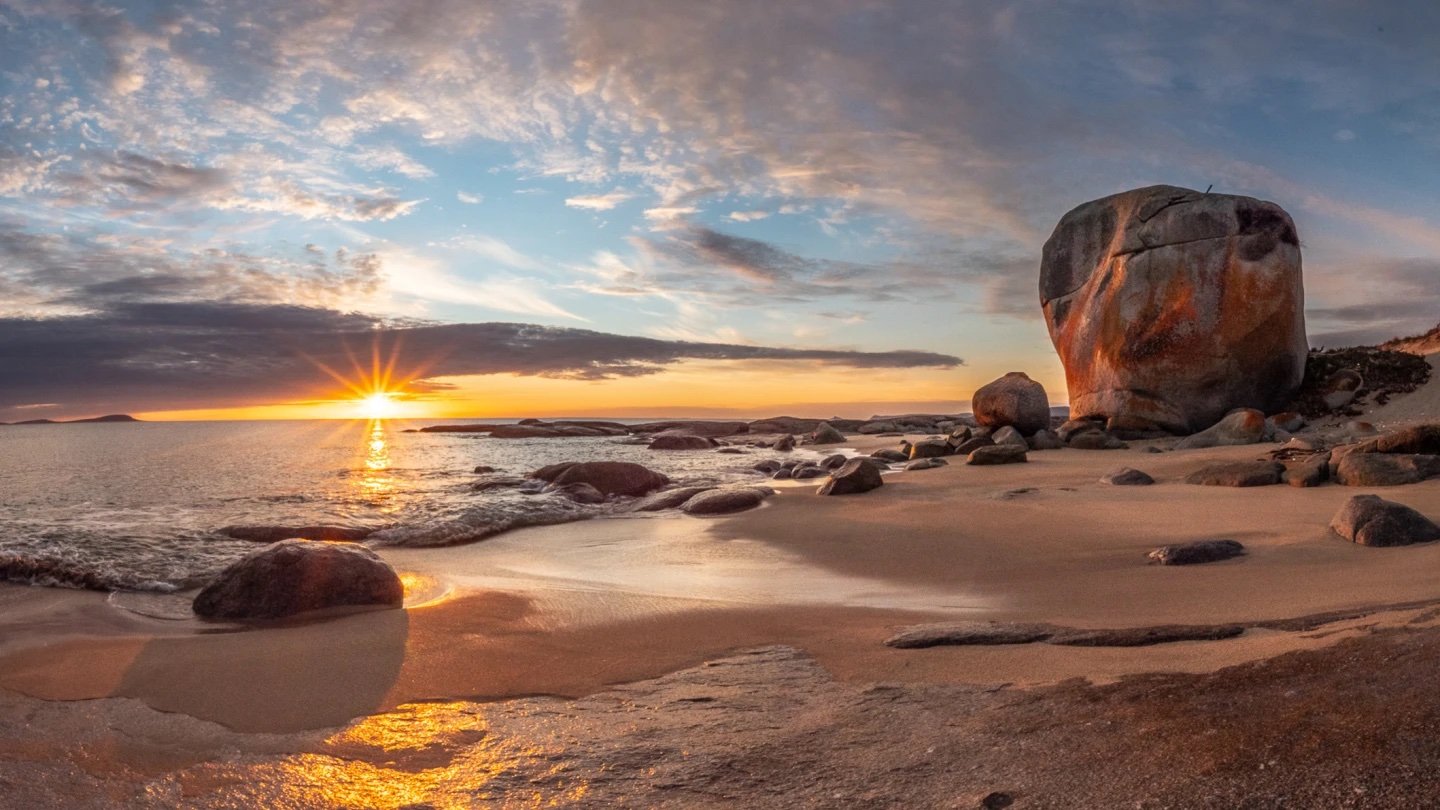
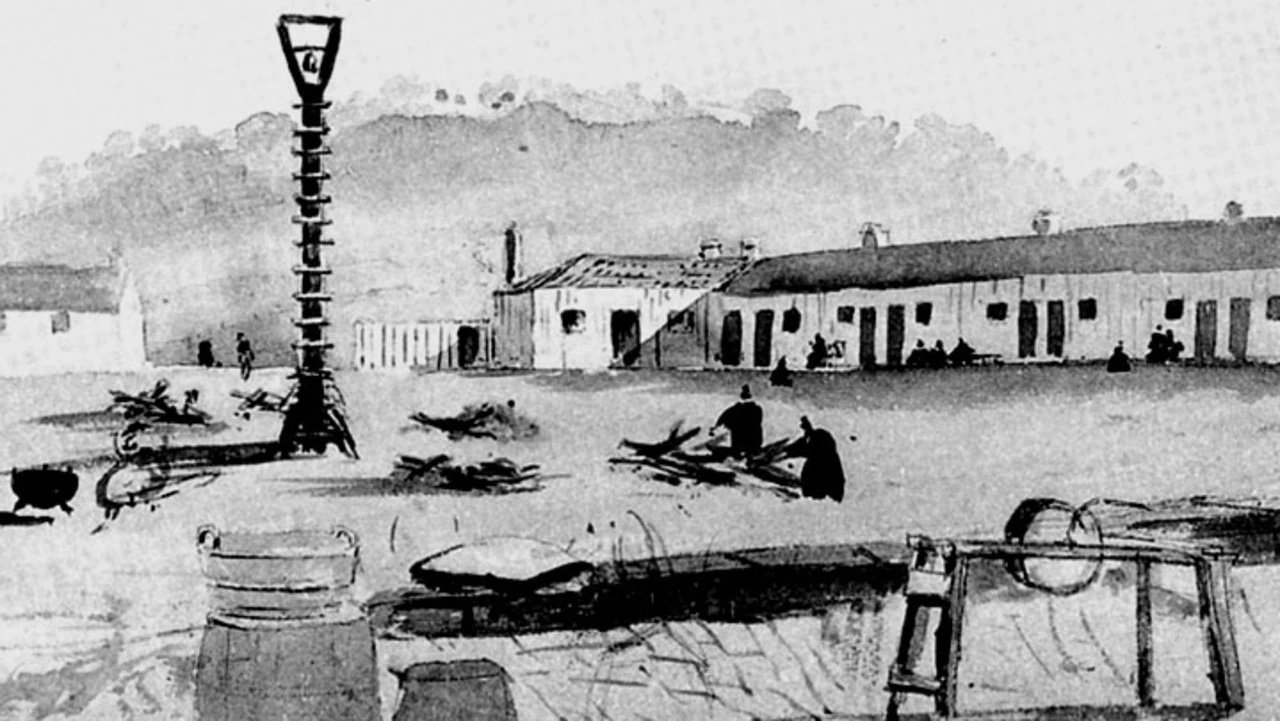


Short Films
Garra’s Chance
Short Film (2023)5.34mins
In 1852 our team explored a mystery surrounding Garra (15), the daughter of William Buckley and Purranmurnin Tullawurnin. Garra, on the run living in the Anakie mountains, abandoned by her parents. Colonist Robert Von Stieglitz, out hunting, whose family occupy over 200,000 acres of stolen land in the area, stumbles upon her. Garra must learn quickly to survive and trust the ancestor’s spirit. Filmed on Wadawurrung Land over one day, it turned out great. Magic even. Garra’s Chance.
Torres
Short Film 5.44mins
A concept for a feature film in development.
A brief history below:
How did the Torres Strait Islands get its name? On a recent trip, the Magic Lands team found out and we also discovered a mystery about how Australia got its name.
We dive back to 1605, three Spanish ships leave from Peru on the 21st of December on an expedition across the Pacific to discover the “Great Southern Land.” Pedro Fernandes de Queirós was a Portuguese navigator who commanded the three ships, San Pedro y San Pablo (60 tons), San Pedrico (40 tons) and Los Tres Reyes Magos. Luis Vaz de Torres (Torres Strait Islands) was in command of the San Pedrico.
In May 1606, Torres and Queiros reached a group of islands later known as the New Hebrides and Vanuatu. Quieros named the group La Australia del Espiritu Santo (Australia of the Holy Spirit.) The word Australia was intended to compliment Phillip 3rd of Spain, a Hapsburg sovereign and member of the House of Habsburg, Austria, to which the Spanish royal family belonged. The word chosen says Quieros was from his majesty title of Austria. On the 11th of June 1606, Queiros became separated from two other ships of his fleet in bad weather and then sailed to Acapulco, Mexico arriving in November 1606. Torres believes whoever was in charge of the San Pedro y San Pablo departed intentionally, saying, “we couldn't find them, for they did not sail on the proper course, nor with good intention.” Rather than abandon the voyage, and steer back to Callao, Torres resolved that he would not return until he had achieved some amount of exploration.
In July 1606, Torres, unable to make the north coast of Guinea due to winds, turned east to follow the south coast of Guinea. For two months, Torres threaded his way through the reefs and Islands of what is now known as Torres Strait Islands. He sighted the hills of Cape York (which he took for a cluster of islands). Torres crew captured six boys and six girls from Papua New Guinea and three Torres Strait girls from one of the central islands. He took the kidnapped victims to Manila, Philippines, to be baptised, and they were put on a show. After this, what happened to the twelve Mailuans and three Kulkalaig remains unknown.
Educational Films
Research
While exploring and researching for our MagicLands drama productions, we encountered a significant absence of educational content highlighting Australian and Indigenous history from both perspectives. Recognising this gap, we aim to utilise our research and digital assets created in development and production with Indigenous communities for educational content that effectively portrays a comprehensive view of history, showcasing the transformations that have occurred on the land, people, and animals.
To find out more, please visit Education Content



